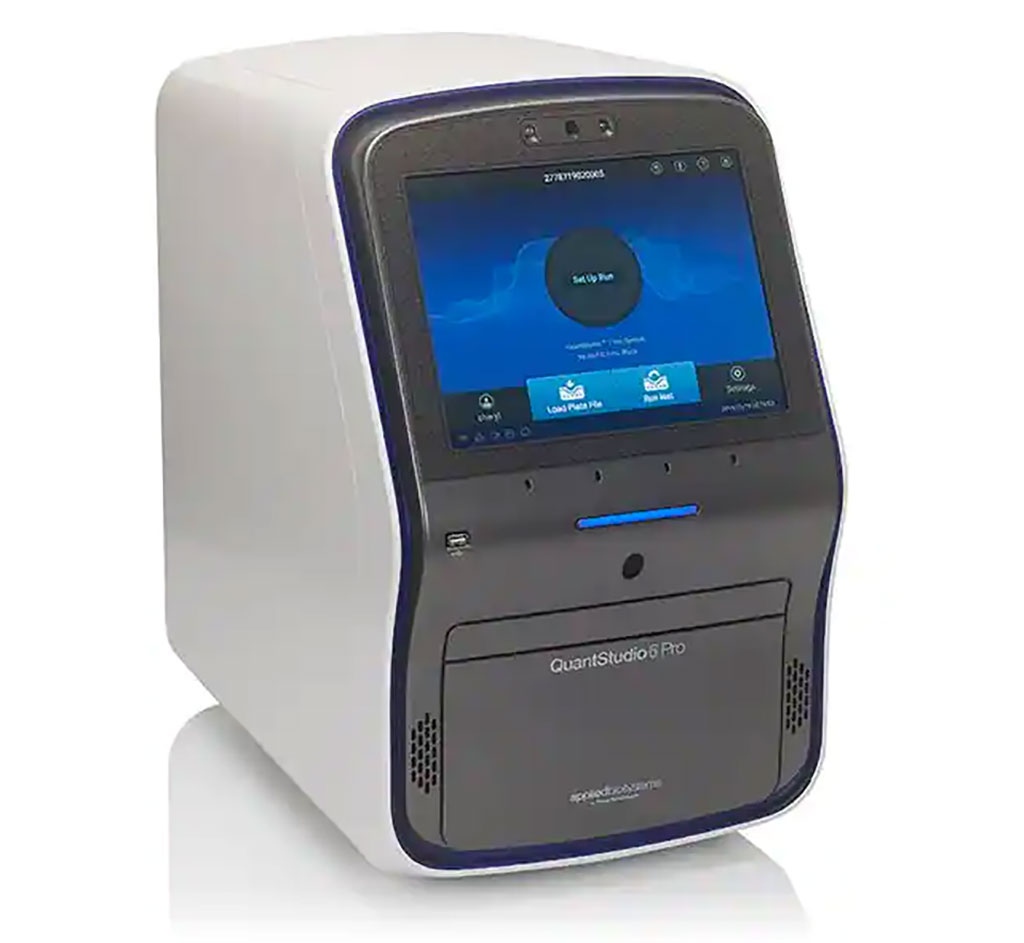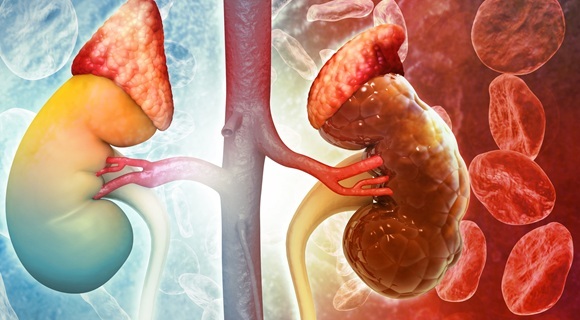Direct Real-Time PCR Protocol Detects Monkeypox Virus
Posted on 16 Nov 2022
Monkeypox virus, an encapsulated double-stranded DNA virus and member of the Poxviridae family, is responsible for the recent monkeypox outbreak that has been declared a public health emergency of international concern.
Prompt identification of infected individuals followed by contact tracing is important for stemming the spread of disease. The characteristic rash of monkeypox progresses through multiple stages, beginning with a macular phase, progressing through papular, vesicular, and pustular phases, and ending with a scab phase.

Clinical Pathologists at the Feinberg School of Medicine (Chicago, IL, USA) collected clinical specimens from patients at locations within the Northwestern Medicine health system. Lesions were swabbed with sterile synthetic swabs, and the swabs were submitted to the laboratory dry or in 3 mL of viral transport media (M4 VTM). Dry swabs received by the laboratory were immediately added to 3 mL of M4 VTM. At the start of the monkeypox outbreak, a total of 20 samples identified as positive by the direct assay and 20 samples identified as negative by the direct assay were sequentially chosen for confirmation by indirect method. DNA extraction for the indirect method was performed using the Qiagen manual DNA extraction kit utilizing spin-column–based nucleic acid purification (Qiagen, Germantown MD, USA).
A modified multiplex version of the CDC monkeypox assay was performed for clinical validation purposes. Previously published probe and primers targeting monkeypox were used. After processing, this was followed by real-time PCR on the Quant Studio 6 instrument (Thermo Fisher Scientific, Waltham, MA, USA). Cycling conditions included a 20-second activation step at 95 °C, followed by 40 cycles of 3 seconds at 95 °C and 30 seconds at 60°C.
The investigators generated a standard curve was by diluting plasmid monkeypox control DNA to concentrations ranging from 1 to 1,000,000 copies/mL and determining the corresponding CT value. The assay displayed excellent linearity (R2 = 0.9994). The limit of detection was determined by replicate determinations of CT values (n = 20) of 5, 50, and 1000 copies/mL samples. The mean CT values of 5 copies/mL were determined to be 36 on both the direct and indirect assay, with an SD of 0.75 (range, 34.61 to 37.39). The analytical specificity was determined by running the assay with control materials for 23 different viruses, bacteria, and fungi. No signal within the limit of detection was detected by the assay in any of the control materials. Blood did have an inhibitory effect on the assay, with increasing concentration of blood leading to greater inhibition. Samples with 20% blood had complete inhibition.
The authors concluded that the validation of a direct method monkeypox assay will allow laboratories to lower costs, reduce dependence on the supply chain for nucleic acid extraction kits, and decrease exposure of laboratory scientists to potentially infectious specimens. In addition, it may be suitable for incorporation into automated and high-throughput testing. This direct method will make it easier for laboratories across the world to rapidly develop, validate, and scale testing for monkeypox virus. The study was published in the November 2022 issue of The Journal of Molecular Diagnostics.
Related Links:
Feinberg School of Medicine
Qiagen
Thermo Fisher Scientific








 (3) (1).png)





